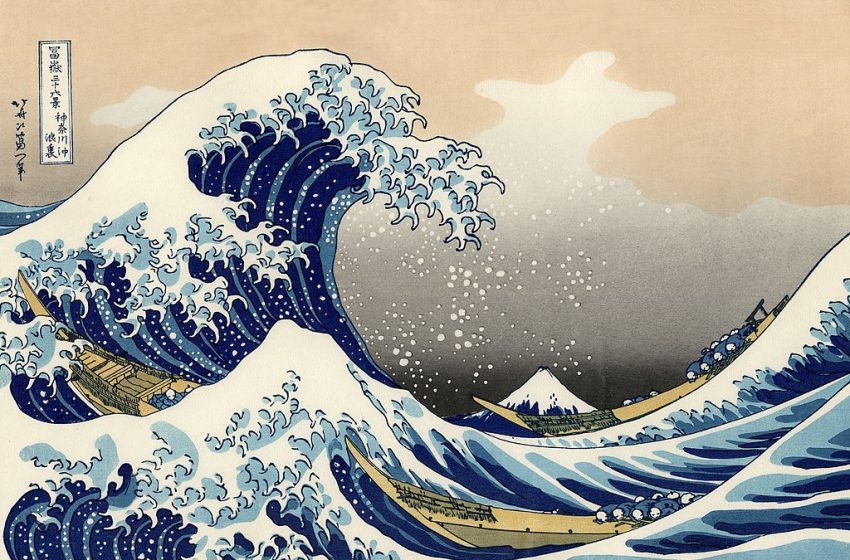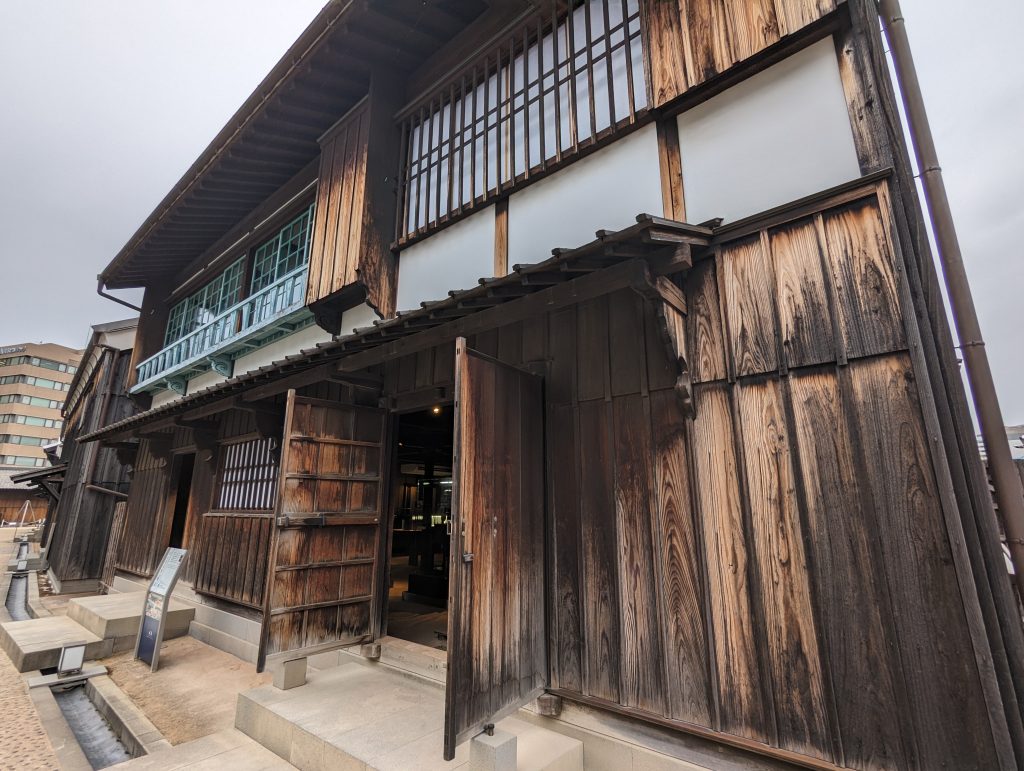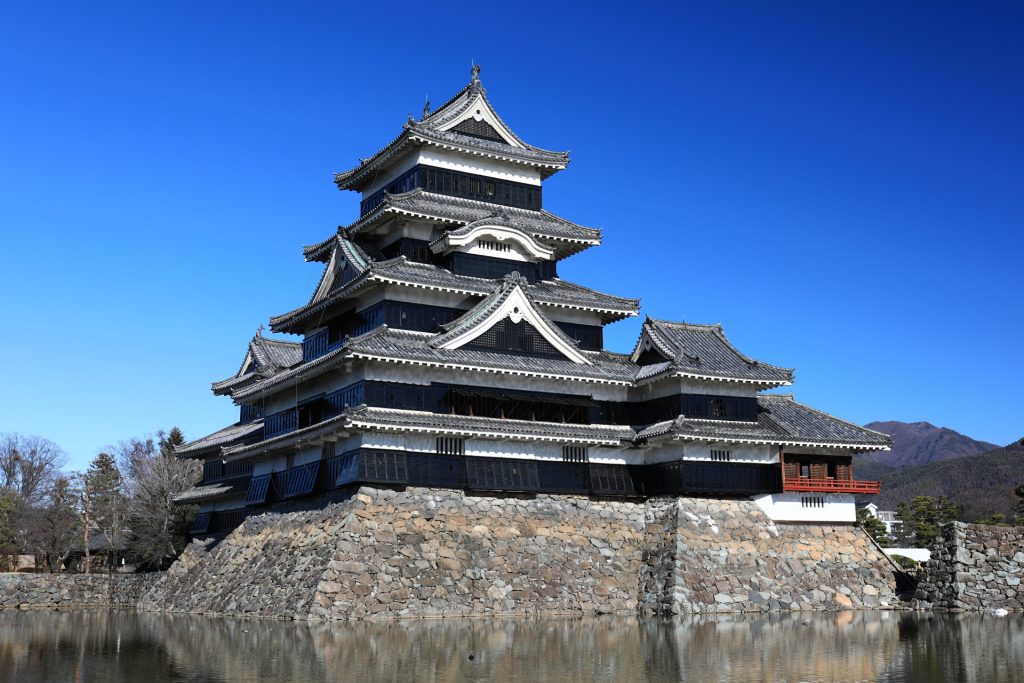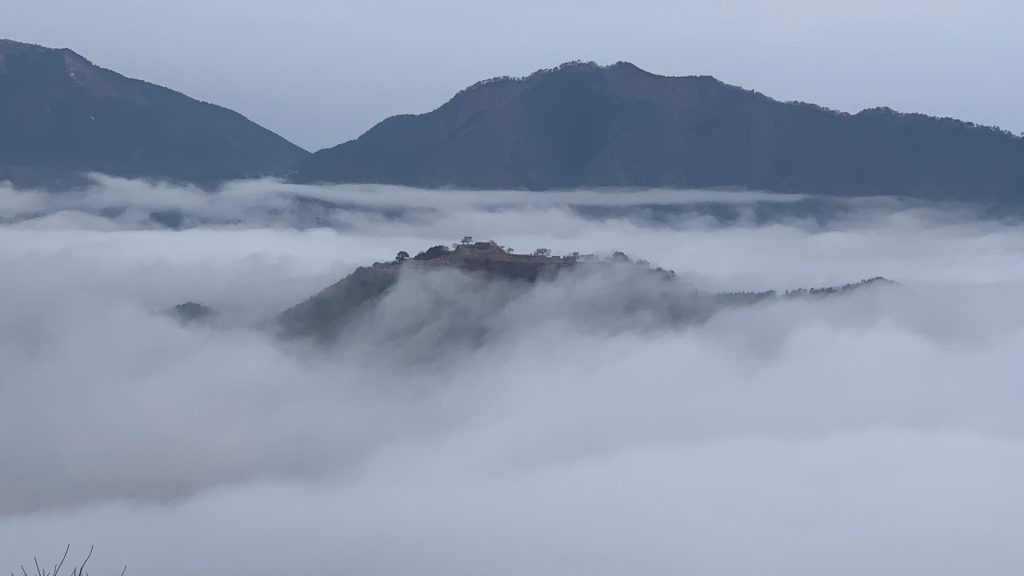
The Great Wave off Kanagawa
The Artistic World of Ukiyo-e: Exploring Japan’s Woodblock Prints
Ukiyo-e, meaning “pictures of the floating world,” is a captivating art form that emerged in Japan during the Edo period (17th to 19th century). These intricate woodblock prints provide a window into the cultural, social, and aesthetic aspects of historical Japan. Let’s delve into the enchanting realm of ukiyo-e and discover the masterful works of renowned artists like Katsushika Hokusai.
Origin and Themes
Ukiyo-e originated as a form of popular art, depicting scenes from the Edo period’s vibrant urban culture. It showcased the beauty of courtesans, actors, landscapes, and nature. The prints often depicted fleeting moments, capturing the essence of the “floating world” – a term that alluded to the transient nature of life’s pleasures.
Katsushika Hokusai: A Master of Ukiyo-e
One of the most famous ukiyo-e artists is Katsushika Hokusai (1760-1849). His iconic series “Thirty-Six Views of Mount Fuji” includes the renowned artwork “The Great Wave off Kanagawa,” which has become a symbol of Japanese art worldwide. Hokusai’s meticulous craftsmanship and attention to detail are evident in his prints, which often feature dramatic landscapes and natural phenomena.
Utamaro and Hiroshige
Another notable artist is Kitagawa Utamaro (1753-1806), acclaimed for his intricate portrayals of beautiful women. His prints highlighted the elegance and grace of courtesans, making him a prominent figure in the genre. Utagawa Hiroshige (1797-1858) is celebrated for his landscapes, particularly his series “Fifty-Three Stations of the Tokaido,” which captured the journey along the historic Tokaido road.
The Art of Creation
Crafting ukiyo-e prints involved a collaborative process between artists, carvers, and printers. The intricate designs were carved onto wooden blocks, each block corresponding to a specific color. These blocks were then inked and pressed onto paper, resulting in vibrant and detailed prints.
Enduring Legacy
While ukiyo-e enjoyed immense popularity during its era, it eventually declined with the modernization of Japan. However, its influence lived on, inspiring artists such as Vincent van Gogh and Impressionists who admired its bold compositions and vibrant colors.
Rediscovering Ukiyo-e
Today, ukiyo-e continues to captivate art enthusiasts and collectors around the world. Museums and galleries showcase these intricate woodblock prints, offering insight into Japan’s rich artistic heritage and the culture of the Edo period.
A Glimpse into the Past
Ukiyo-e serves as a visual time capsule, transporting us to the colorful and dynamic world of historical Japan. Through the works of masters like Hokusai, Utamaro, and Hiroshige, we can glimpse the beauty, charm, and fleeting nature of the “floating world” that continues to resonate with art lovers and cultural enthusiasts to this day.




